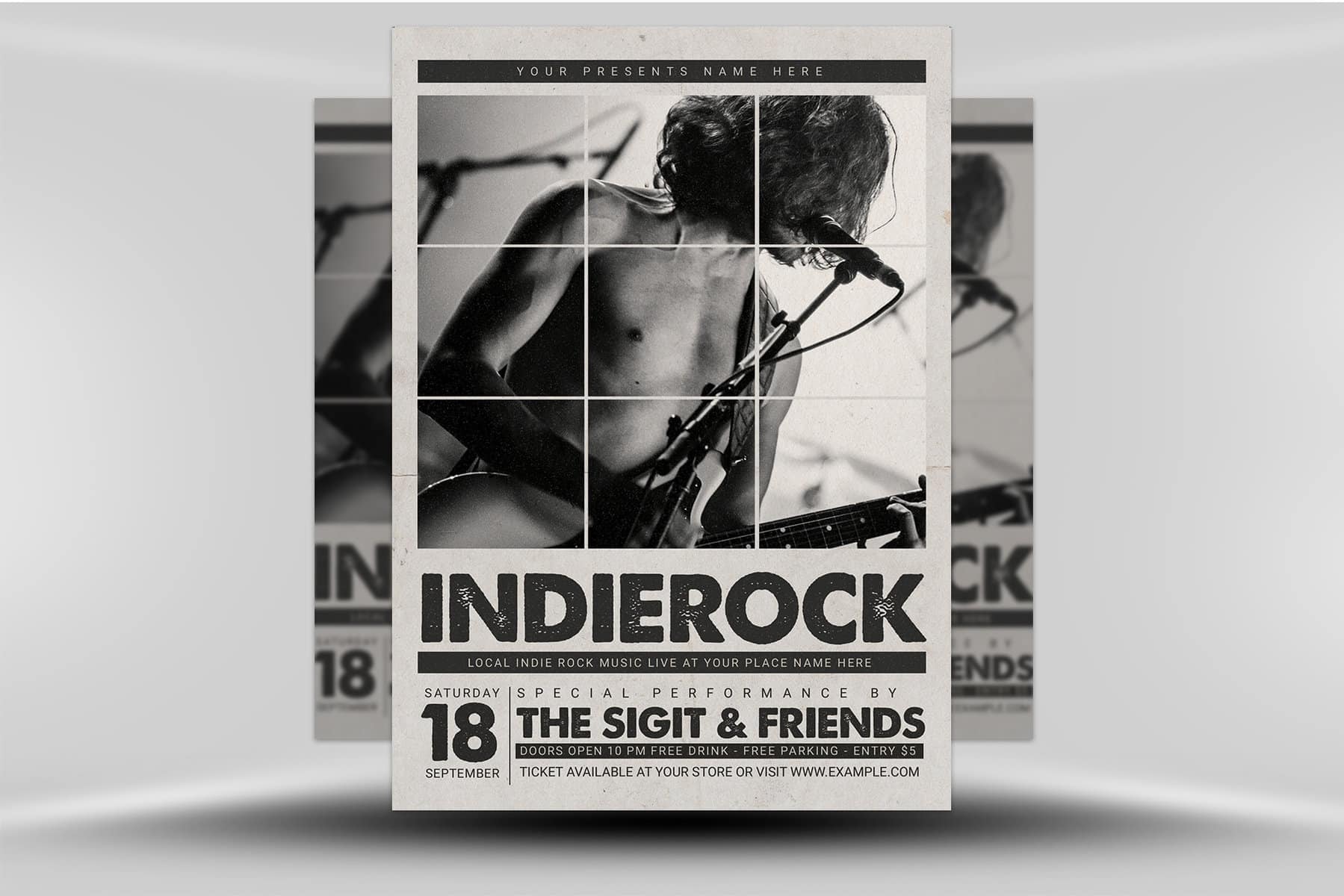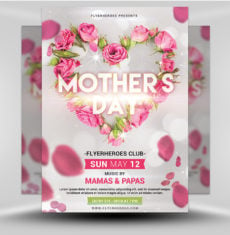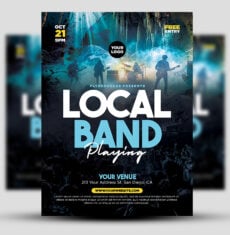Gather around for the music! Promote your special event with this modern flyer!
Our special event flyer features a simple, clean, and vintage-style design. A black and white color scheme creates the perfect contrast to promote your event and clearly display its information. A variety of bold fonts, styles, and sizes were used and can be fully customized for your event.
Use this flyer to promote a music event at your bar, club, or other venue!
Thank you for purchasing this item and supporting FlyerHeroes.
What Fonts Do I Need?
Similar Flyer Designs
- Classic Rock Bands Flyer Template V2
- Retro Reggae Music Party Flyer Template
- Jukebox Indie Flyer Template
- Country Night Western Flyer Template
- View All
General Information
This flyer template is a premium Photoshop PSD flyer/poster template designed by FlyerHeroes to be used with Photoshop CS4 and higher.
Once you have purchased this flyer template, you are free to make any customizations and modifications you’d like.
You are also granted an unlimited use and 100% royalty-free license, meaning you can use this product as many times as you wish. You are free to use this product in both personal and commercial work.
You can read more about our file licenses here and our file requirements here.
Please note, stock models/photographs of people are used for demonstration purposes only and are not included in the final download. We do however include a blank placeholder layer to make using your stock photos as easy as possible.
If you have any further questions, please feel free to direct your questions to FlyerHeroes Support.
















